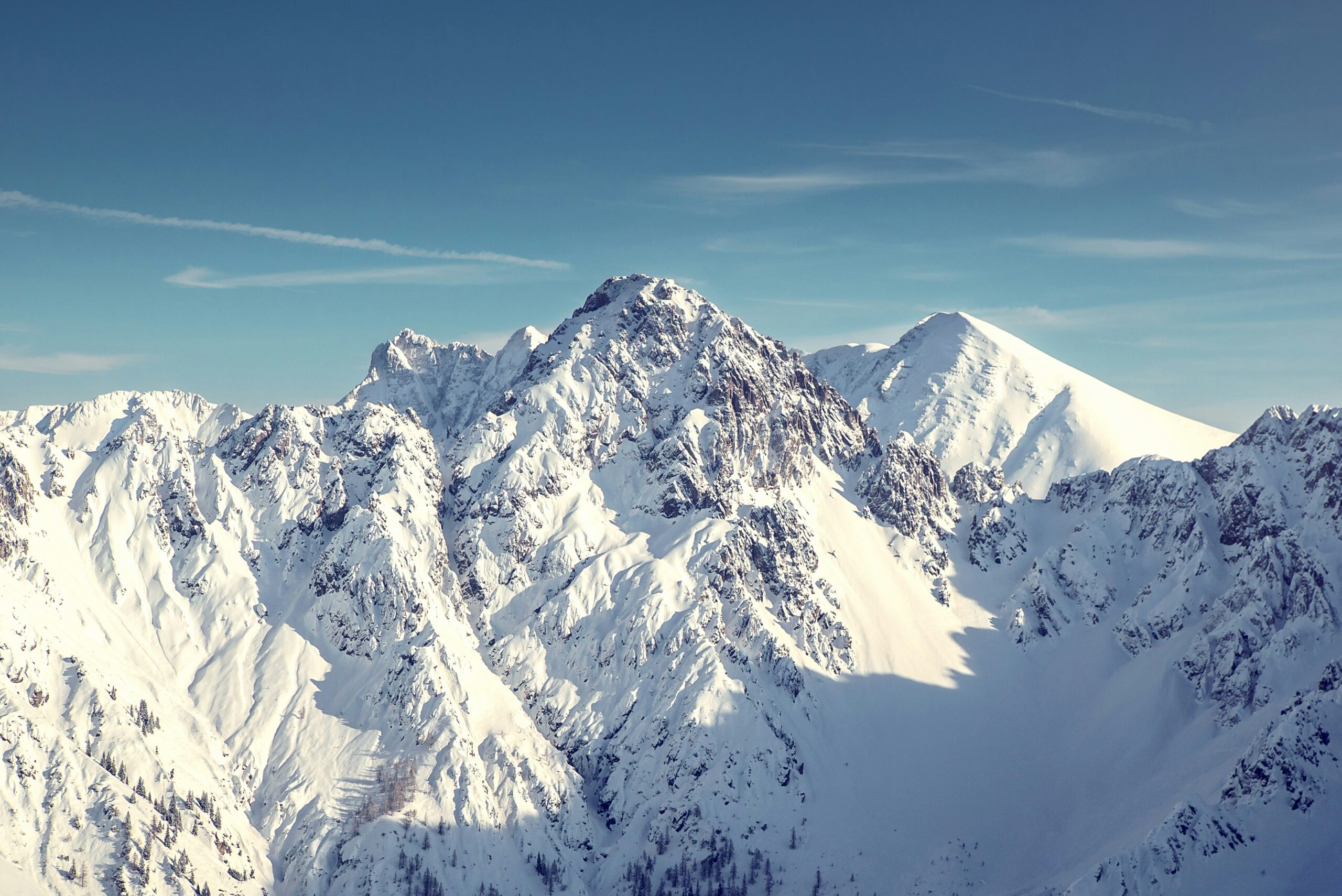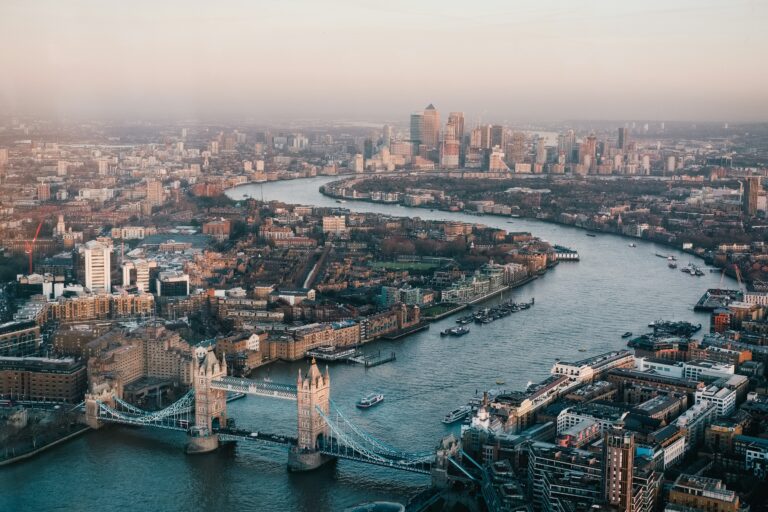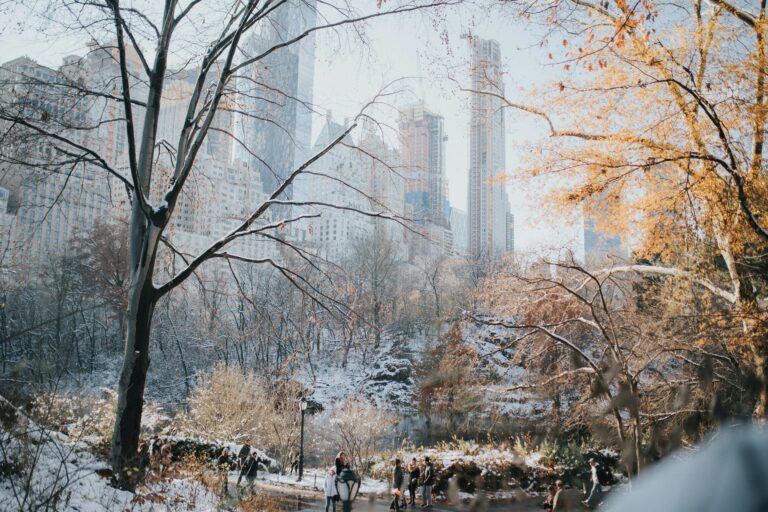
Skiing in the Alps: The Ultimate Winter Adventure
When winter blankets Europe in snow, the Alps mountains transform into one of the most breathtaking playgrounds on Earth. Stretching across France, Italy, Switzerland, Austria, and parts of Germany and Slovenia, the Alps offer the perfect blend of scenic beauty, adrenaline, and world-class ski infrastructure. Whether you’re planning your first Alps skiing experience or returning for another season, this guide covers everything you need to know—from the best Alps ski resorts to how much a skiing trip costs and when the season begins.
1. Why Skiing in the Alps Is So Special?
The Alps are not just Europe’s highest mountain range—they’re the heart of global skiing culture. Here’s what makes skiing in the Alps mountains unforgettable:
- Variety of terrain: From beginner-friendly slopes to extreme off-piste challenges.
- Unmatched scenery: Think snow-covered peaks, alpine chalets, and crystal-clear air.
- Rich culture and cuisine: Swiss chocolate, French fondue, Austrian schnitzel, and Italian espresso—all in one trip.
- Accessibility: Major resorts are just a few hours from cities like Geneva, Milan, Munich, and Innsbruck.
2. Where Are the Best Places to Ski in the Alps?
If you’ve ever wondered in which Alps is the best skiing, the answer depends on your style and budget. Here’s a breakdown of the top regions and what makes them unique.
The French Alps
The French Alps are home to some of the best Alps skiing resorts in the world.
- Top Resorts: Chamonix, Courchevel, Val Thorens, Tignes, Les Deux Alpes.
- Why Go: High-altitude skiing, extensive ski areas (like Les Trois Vallées), and great après-ski.
- Highlight: Chamonix-Mont-Blanc is legendary among expert skiers, while Courchevel offers luxury accommodation and Michelin-star dining.
The Austrian Alps
The Austrian Alps combine charm, tradition, and affordability.
- Top Resorts: St. Anton, Kitzbühel, Ischgl, Zell am See, Saalbach-Hinterglemm.
- Why Go: Excellent ski schools for kids and adults, vibrant nightlife, and more affordable Alps ski pass prices than in France or Switzerland.
- Highlight: St. Anton am Arlberg is often called the cradle of modern skiing.
The Swiss Alps
The Swiss Alps are synonymous with luxury and picture-perfect landscapes.
- Top Resorts: Zermatt, Verbier, St. Moritz, Grindelwald.
- Why Go: Impeccable service, scenic train rides, and the Matterhorn views.
- Highlight: Zermatt offers some of the best Alps mountains views and the longest runs in Europe.
The Dolomiti Alps (Italy)
The Dolomiti Alps in northern Italy (also known as Dolomiti Italy) are a UNESCO World Heritage Site and offer a unique mix of culture, food, and incredible slopes.
- Top Resorts: Cortina d’Ampezzo, Val Gardena, Alta Badia, Arabba.
- Why Go: Perfect weather, outstanding Italian cuisine, and the Dolomiti Superski area—one of the largest interconnected ski regions in the world.
- Highlight: Cortina d’Ampezzo—often called the “Queen of the Dolomites”—hosts glamorous ski events and stunning vistas.
3. When Does the Skiing Season in the Alps Start?
If you’re wondering when does a skiing season in the Alps start, most resorts open between late November and early December, depending on snowfall. High-altitude resorts like Val Thorens (France) or Zermatt (Switzerland) often start earlier and can stay open until May.
Typical season timeline:
- Early season: Late November – Mid December (best for early snow chasers)
- Peak season: Late December – March (best snow conditions, school holidays, higher prices)
- Spring skiing: April – early May (sunny days, softer snow, fewer crowds)
4. How Much Does a Ski Pass Cost in the Alps?
The Alps ski pass price varies by country and resort size, but here’s a general idea:
| Region | Average 1-Day Ski Pass | 6-Day Ski Pass | Notes |
|---|---|---|---|
| French Alps | €60–€75 | €300–€350 | Expensive but covers vast linked areas like Les Trois Vallées |
| Austrian Alps | €50–€65 | €250–€320 | Excellent value, often includes après-ski discounts |
| Swiss Alps | €65–€90 | €350–€450 | Priciest, but impeccable service and scenery |
| Dolomiti Alps (Italy) | €50–€65 | €260–€320 | Great mid-range pricing and gourmet options |
Tip: Many resorts offer regional passes that cover several ski areas—perfect for exploring more slopes with one ticket. Skiing in the Alps isn’t cheap, but it’s totally worth it.
5. How Much Does a Skiing Trip Cost?
A big question for travelers is how much to spend in a ski resort or how much a skiing trip costs overall. Prices vary by destination and style, but here’s a realistic breakdown per person for a 7-day trip:
| Expense | Budget (€) | Mid-Range (€) | Luxury (€) |
|---|---|---|---|
| Accommodation | 400–600 | 700–1,200 | 2,000+ |
| Ski Pass | 250–400 | 300–400 | 400–500 |
| Ski Rental | 100–150 | 150–200 | 250+ |
| Food & Drinks | 200–350 | 400–700 | 1,000+ |
| Transportation | 100–250 | 250–400 | 500+ |
| Total (7 days) | 1,000–1,700 | 1,800–3,000 | 4,000–6,000+ |
Budget travelers can save by booking early, staying outside the main resort villages, or choosing Austrian Alps and Dolomiti Italy, which tend to be more affordable than the Swiss Alps or French Alps.
6. What Currency Do I Use in the Alps?
Since the Alps mountains stretch across several countries, currency varies:
- France, Italy, Austria: Use the Euro (€)
- Switzerland: Uses the Swiss Franc (CHF)
Tip: Most resorts accept cards, but having some local cash is useful for smaller cafés, ski huts, or parking.
7. The Best Alps Skiing Resorts to Visit
If you’re searching for the best Alps skiing resorts, here are top picks by country:
France
- Val Thorens: Europe’s highest ski resort, part of Les Trois Vallées.
- Chamonix: Legendary freeride terrain beneath Mont Blanc.
- Méribel: Ideal for families and beginners.
Austria
- St. Anton: Renowned for its après-ski scene and off-piste runs.
- Kitzbühel: Historic resort with a luxurious yet traditional atmosphere.
- Zell am See: Perfect for mixed groups and scenic views of Lake Zell.
Switzerland
- Zermatt: Home to the Matterhorn and 360 km of pistes.
- Verbier: For advanced skiers and lively nightlife.
- Grindelwald: Family-friendly and postcard-perfect.
Italy (Dolomiti Alps)
- Cortina d’Ampezzo: Chic and cinematic—host of the 2026 Winter Olympics.
- Val Gardena: Excellent for long scenic runs and great food.
- Alta Badia: A gourmet paradise on skis.
8. Travel Tips for Skiing in the Alps
- Book early: Especially for peak season (Christmas and February holidays).
- Get insurance: Always include winter sports coverage.
- Bring sunscreen: The sun’s reflection on snow is strong.
- Try local cuisine: Raclette, fondue, apple strudel, and Italian polenta are must-tries.
- Go beyond skiing: Many resorts offer spas, ice-skating, snowshoeing, or scenic train rides.
9. Final Thoughts
Whether you dream of the French Alps’ luxury, the Austrian Alps’ charm, the Swiss Alps’ prestige, or the Dolomiti Alps’ elegance, the Alps mountains have something for everyone.
From choosing the right Alps resort to understanding how much a ski pass costs or when the season begins, preparation is key. Once you arrive, you’ll see why Alps skiing is considered one of the greatest winter experiences in the world.
So pack your skis, grab your pass, and get ready to carve down the best Alps mountains—an adventure you’ll remember for a lifetime.
How much does a ski pass cost in the Alps?
Ski pass prices vary depending on the resort and season.
Average daily pass: €50–€75
Weekly pass: €250–€400
Premium resorts like Zermatt or Courchevel can exceed €80 per day.
Buying passes online in advance or as a multi-day package can save money.
How much does a skiing trip to the Alps cost?
On average, a 7-day skiing holiday in the Alps costs around €1,200–€2,000 per person, including:
Accommodation: €600–€1,000
Lift pass: €300–€400
Food & drinks: €250–€400
Budget travelers can save by staying outside major resorts and cooking their own meals
What currency do I use in the Alps?
It depends on the country:
Euro (€) – used in France, Italy, Austria, Slovenia
Swiss franc (CHF) – used in Switzerland
Credit cards are widely accepted, but carry cash for small mountain cafés or parking.
What should I pack for skiing in the Alps?
Essentials include:
Waterproof ski jacket & pants
Thermal layers
Gloves, hat, and goggles
Sunscreen & lip balm (the sun is strong at high altitudes)
Comfortable après-ski shoes
If you don’t want to bring your own gear, equipment rental is available at all major resorts.
Is skiing in the Alps suitable for families?
Yes! Many Alpine resorts are family-friendly, offering ski schools, kids’ clubs, and gentle slopes.
Top options include Lech (Austria), La Plagne (France), and Madonna di Campiglio (Italy).
Some even have childcare facilities and non-ski activities like sledding or snow parks.
Do I need travel insurance for skiing in the Alps?
Yes, always get travel insurance with winter sports coverage.
Make sure it includes ski accidents, rescue costs, and equipment protection — helicopter rescue can be very expensive.
What are some non-ski activities in the Alps?
Even non-skiers can enjoy the Alps! Try:
Snowshoeing or winter hiking
Ice skating or curling
Thermal spas and wellness centers
Visiting Alpine villages and Christmas markets
Cable car rides for breathtaking views
What cities are best to visit in winter?
Stockholm is a top winter destination, known for its cozy cafés, festive markets, and snowy charm. Other great cities to visit in winter include Vienna, Prague, Reykjavik, and Zurich — all offering beautiful lights, winter activities, and seasonal atmosphere.




